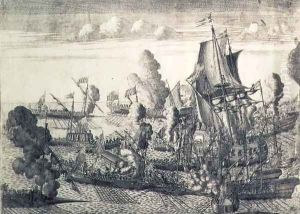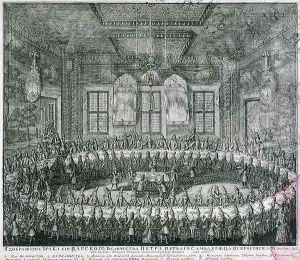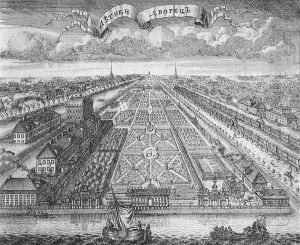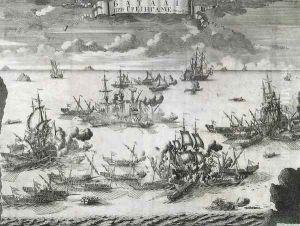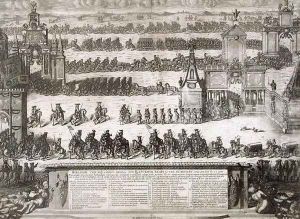Alexei Fyodorovich Zubov Paintings
Alexei Fyodorovich Zubov was one of the most prominent Russian engravers of the early 18th century. Born in 1682, Zubov's exact birthplace is not well documented, but he spent most of his professional life in Saint Petersburg, Russia. He was a leading figure in developing the Russian engraving art during the reign of Peter the Great, contributing significantly to the cultural and artistic landscape of the period.
Zubov's work was deeply influenced by the Petrine reforms, an era marked by Peter the Great's efforts to modernize Russia and bring it closer to Western European cultural standards. Under these reforms, art and architecture saw a significant shift towards European styles, and Zubov was at the forefront of this transformation in the field of engraving. He was trained by the Swiss-Italian engraver Joseph-Alexandre de Chieze in Moscow and quickly rose to prominence due to his skill and the innovative techniques he employed in his engravings.
Throughout his career, Zubov was best known for his detailed cityscapes and architectural engravings, which not only showcased his remarkable precision and attention to detail but also served as valuable historical records of the urban and architectural developments in Russia during his lifetime. His most famous works include the panoramic view of Saint Petersburg, which offers an intricate and expansive depiction of the city's early layout and architecture. This piece, in particular, highlights Zubov's mastery in capturing the grandeur and scope of Peter the Great's visionary projects.
Zubov's contributions extended beyond artistic achievements; his engravings played a vital role in disseminating the new architectural and cultural visions of Peter the Great's Russia to a wider audience, both domestically and across Europe. Through his works, Zubov not only chronicled the transformative era of the Petrine reforms but also helped cement the visual iconography of a modernizing Russia.
Alexei Fyodorovich Zubov passed away in 1751, leaving behind a legacy that has been celebrated for its historical and artistic significance. His engravings remain a valuable resource for understanding the urban and architectural evolution of Russia in the 18th century, as well as a testament to the skill and creativity of an artist who played a crucial role in the cultural renaissance of his time.
